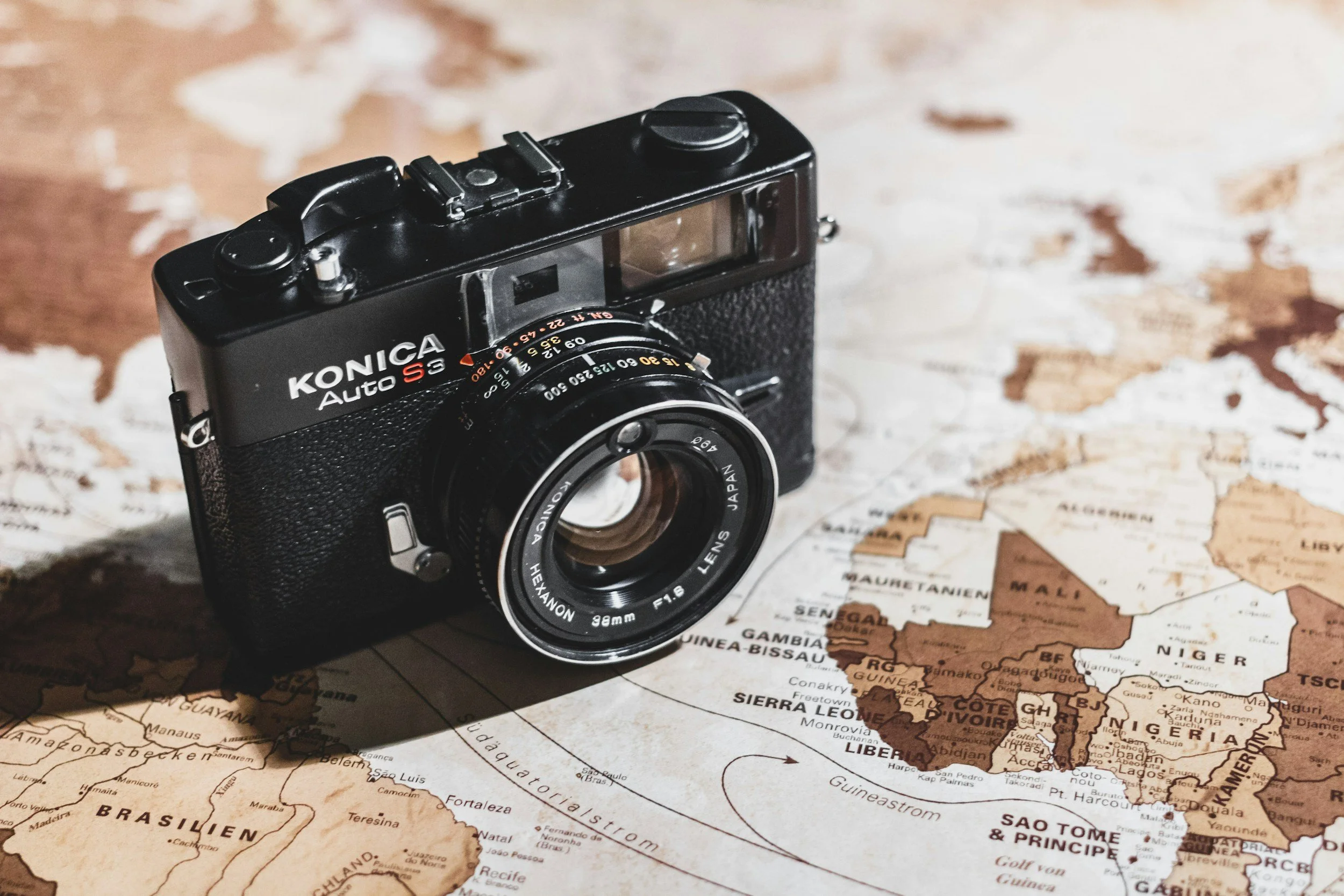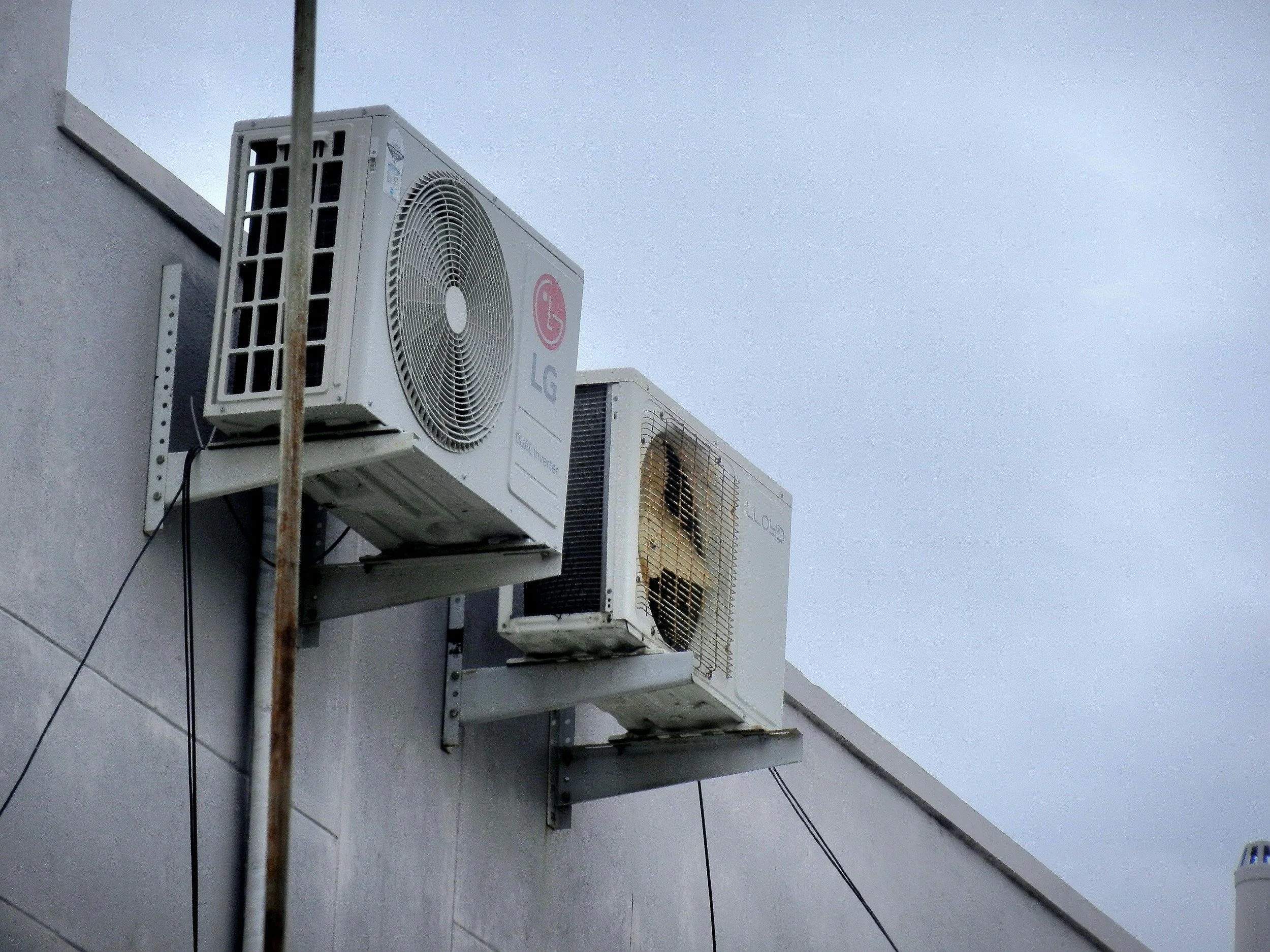Using Trail Camera Management Software to Improve Bird Tracking
By PAGE Editor
Bird tracking has become a key tool in studying birds and wildlife conservation. Recently, the use of trail camera software has greatly improved how researchers observe bird species. This technology helps us better monitor bird behaviors, migration patterns, and population changes. As a result, bird tracking is vital to creating effective conservation strategies and understanding the environmental impacts on birds.
This article will explore how trail camera management software has transformed bird research. Readers will learn about the advancement of bird tracking technology, how trail cameras work, the best ways to set them up, and techniques for analyzing the data. It will also discuss future trends and the potential of new technologies in bird tracking and conservation.
Advances in Bird Tracking Technology
Bird tracking technology has come a long way, starting with simple banding and advancing to modern trail cameras. Banding was an effective way to study bird movements and lifespans, laying the groundwork for future innovations. Over time, new technologies have changed how we track and understand bird behavior. GPS tags and radio transmitters now allow scientists to follow birds over long distances with great accuracy.
Trail cameras have modernized the field even more, offering a way to collect detailed data on bird activities, nesting habits, and daily behaviors without disturbing them. These advancements have improved our understanding of migration patterns, population dynamics, and ecological impacts, helping conservation efforts. As these tools become more advanced and accessible, they will open new possibilities in bird research, giving us more detailed insights into avian life.
How Trail Camera Software Functions
Trail camera software is important for modern bird tracking. It automates the process of capturing, storing, and analyzing data from trail cameras. These cameras, equipped with motion sensors and high-quality lenses, are placed where birds are active. When a bird comes into view, the camera records images or video clips and uploads them to the software. This software uses advanced algorithms to identify bird species, track their activities, and create detailed datasets.
These datasets include information like how often birds visit, their behaviors, and environmental conditions. The software then processes this information to provide insights that help researchers understand bird behaviors and migration patterns. Overall, trail camera software turns raw footage into structured, useful data, revolutionizing bird research and aiding conservation efforts.
Setting Up Trail Cameras for Bird Tracking
To track birds effectively using trail cameras, start by choosing the right locations where birds gather, such as feeding spots, nesting areas, or migration routes. Position the cameras at different heights and angles for better coverage. Adjust the camera settings, including motion sensitivity and trigger speed, to capture quick bird movements.
Choose the appropriate resolution and frame rate for clear footage. Regularly check and maintain the cameras to prevent malfunctions and ensure good data quality. Following these tips helps researchers collect high-quality data on bird movements and behaviors, enhancing our understanding of avian life.
Analyzing Data and Deriving Insights
After collecting data, the next challenge is analyzing it. This means using different methods to carefully review trail camera footage and datasets. Advanced software tools are a must-have here, as they make the analysis easier and more effective. These tools use algorithms to automatically identify different bird species and study their behaviors.
By converting raw data into organized information, researchers can gain accurate and useful insights. These insights often reveal patterns in bird movements, feeding habits, and interactions with their environment. Using strong analysis methods helps create detailed reports that support bird research and conservation efforts.
The Future of Bird Tracking with Advanced Software
Looking ahead, the future of bird tracking looks bright with ongoing improvements in software and artificial intelligence. Better AI will make it easier to accurately identify bird species and their behaviors, reducing the need for researchers to manually sort and analyze data. New technologies, like machine learning and real-time data processing, will change how we monitor bird populations.
For example, predictive analytics could predict migration patterns or spot early signs of population decline. Also, new sensors and better imaging technology will provide richer data. These innovations, along with global collaborations, will greatly enhance our understanding and efforts in bird conservation, leading to more effective ways to protect different bird species.
The advancements in trail camera software have significantly enhanced bird tracking, providing researchers with invaluable insights into bird behaviors, migration patterns, and population dynamics. By automating data collection and analysis, this technology allows for more precise studies without disturbing the birds. The continued advancement of these tools, including the integration of AI and machine learning, promises to revolutionize our understanding of avian life further. As these technologies advance, they will play an increasingly important role in developing effective conservation strategies, ensuring the protection and preservation of bird species worldwide.
HOW DO YOU FEEL ABOUT FASHION?
COMMENT OR TAKE OUR PAGE READER SURVEY
Featured









Water management plays an essential role in maintaining the safety and stability of a home.